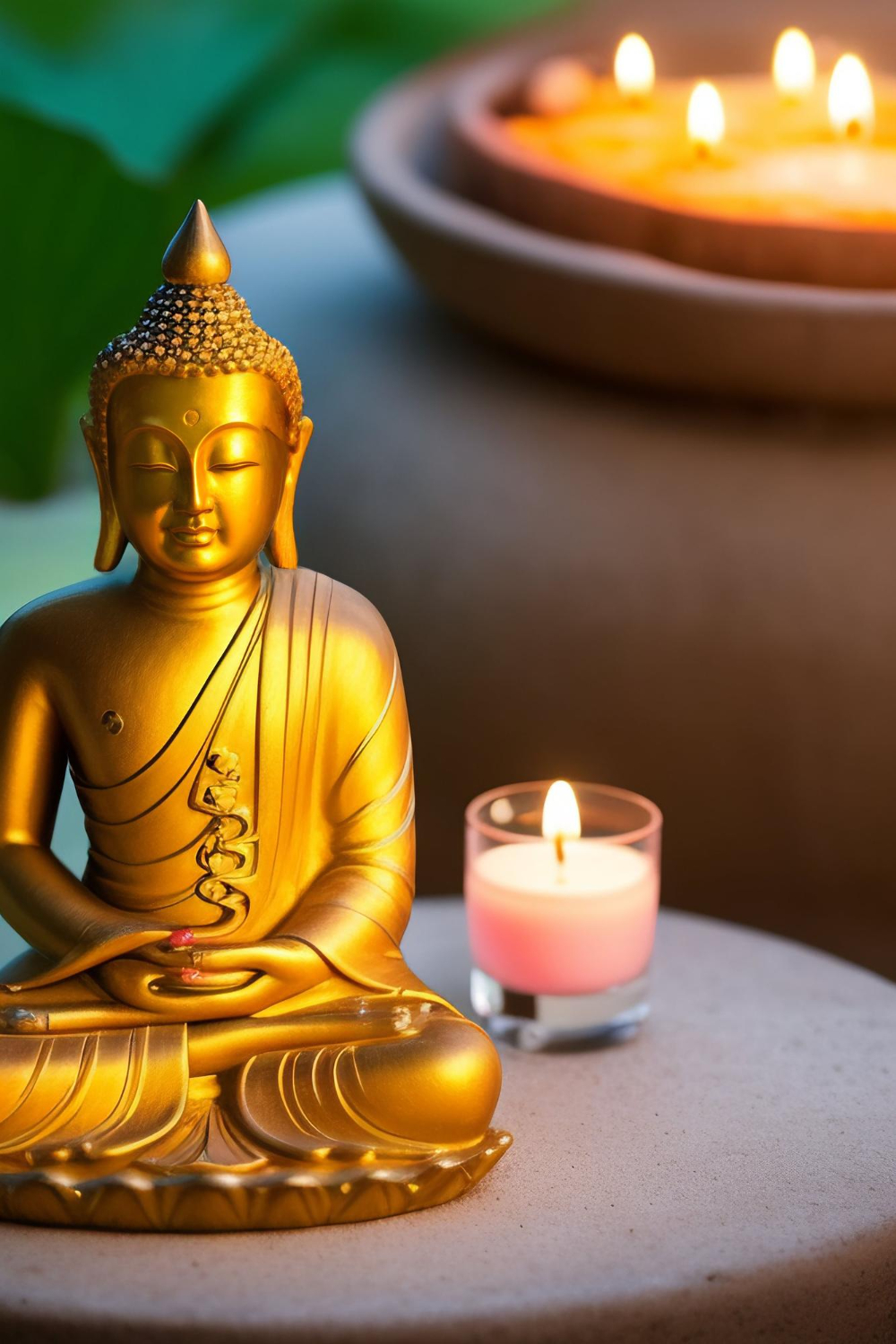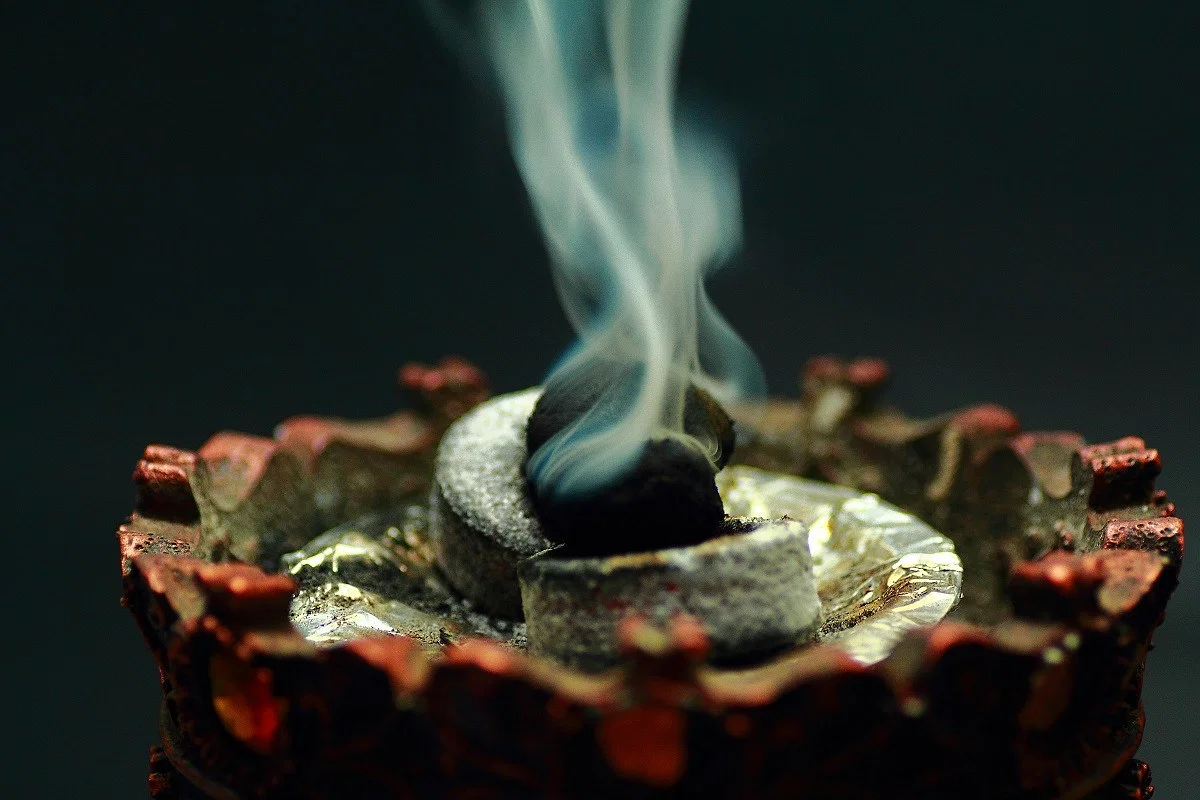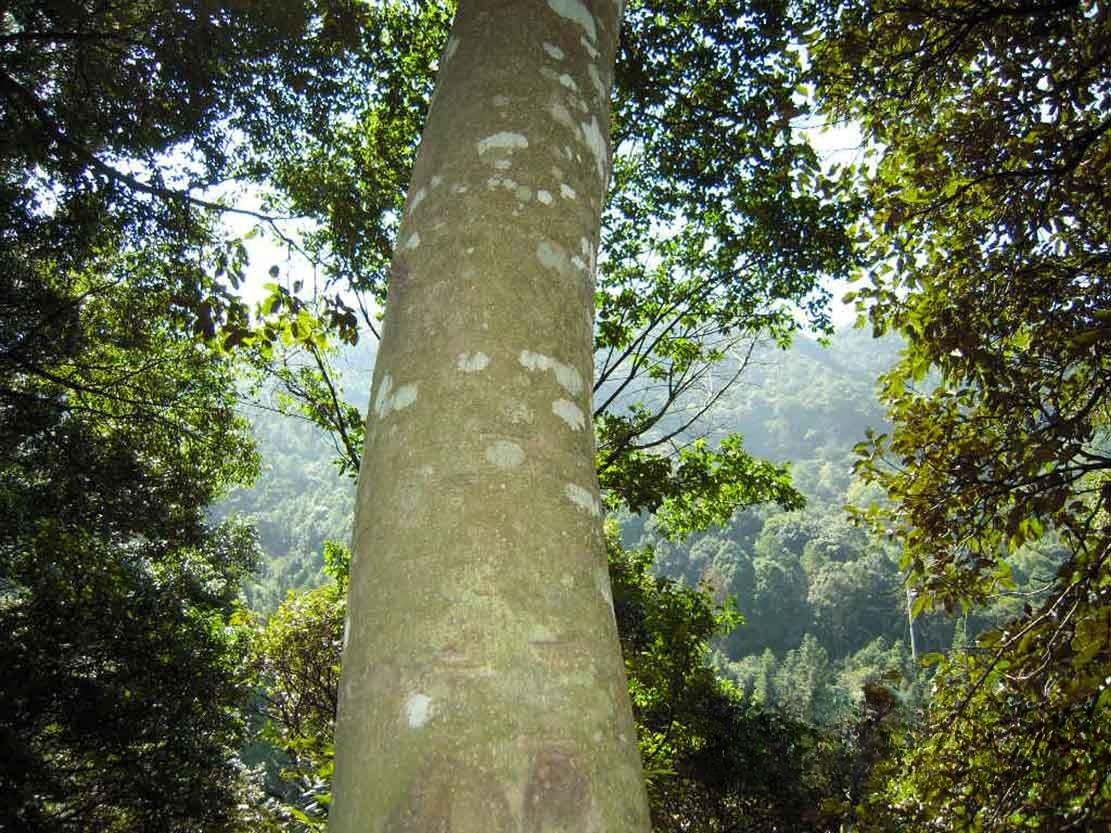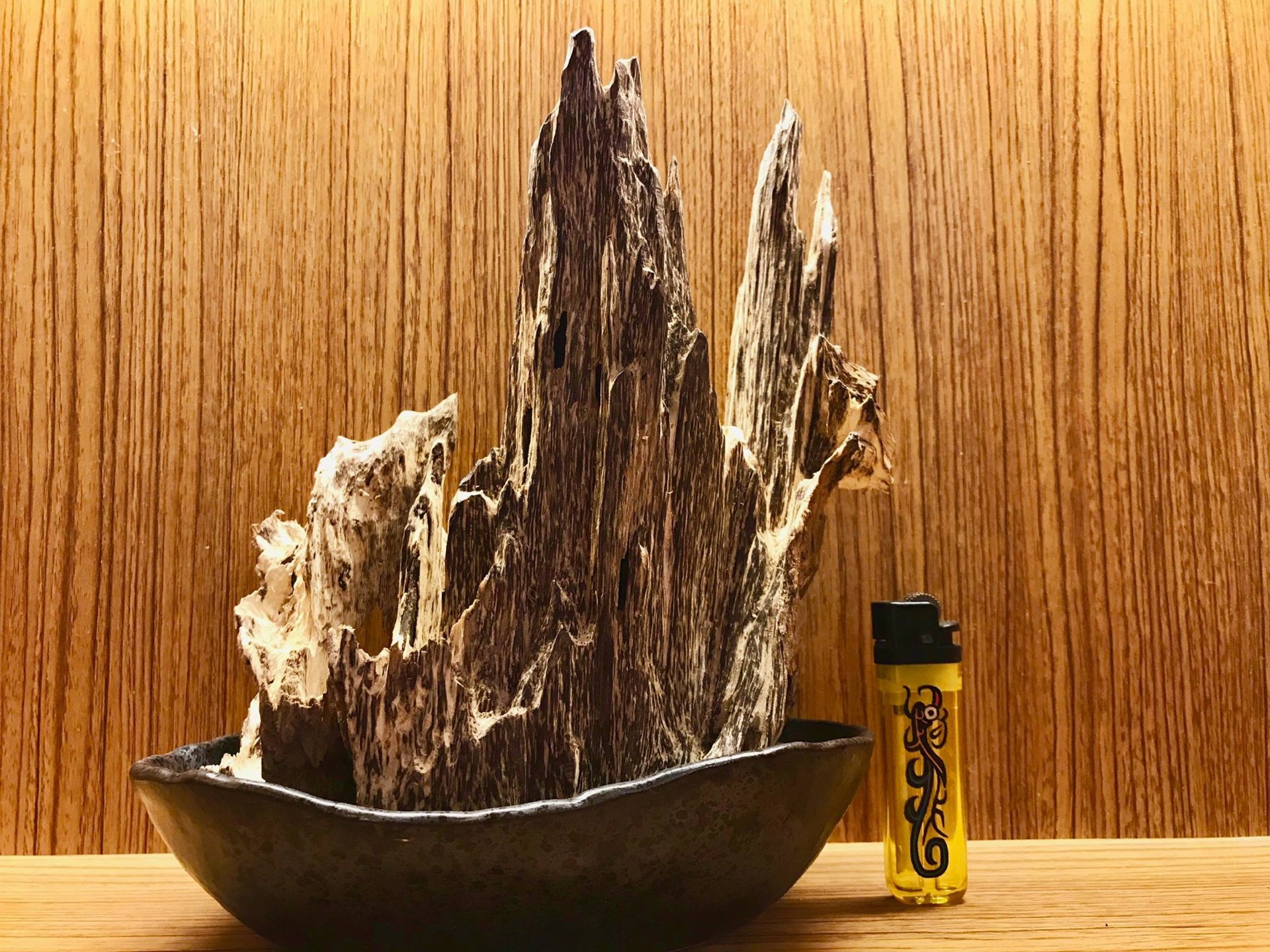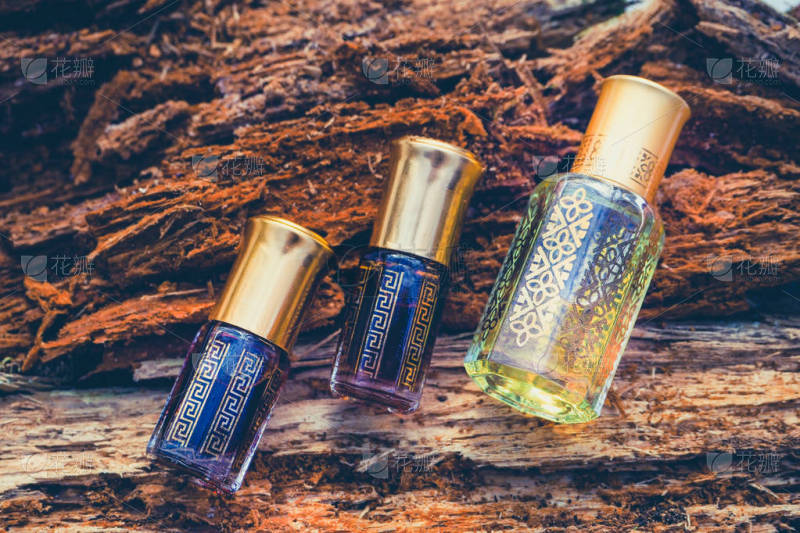Kodo – The Japanese Art of Agarwood Incense Listening
Kodo – The Art of Agarwood Incense Listening, Exclusive to Japan
Among the three classical Japanese arts—Chado (Tea Ceremony), Kado (Flower Arrangement), and Kodo (The Way of Incense)—Kodo, while less known, is held in high regard for its grace, refinement, and the elevated patience of its practitioners.
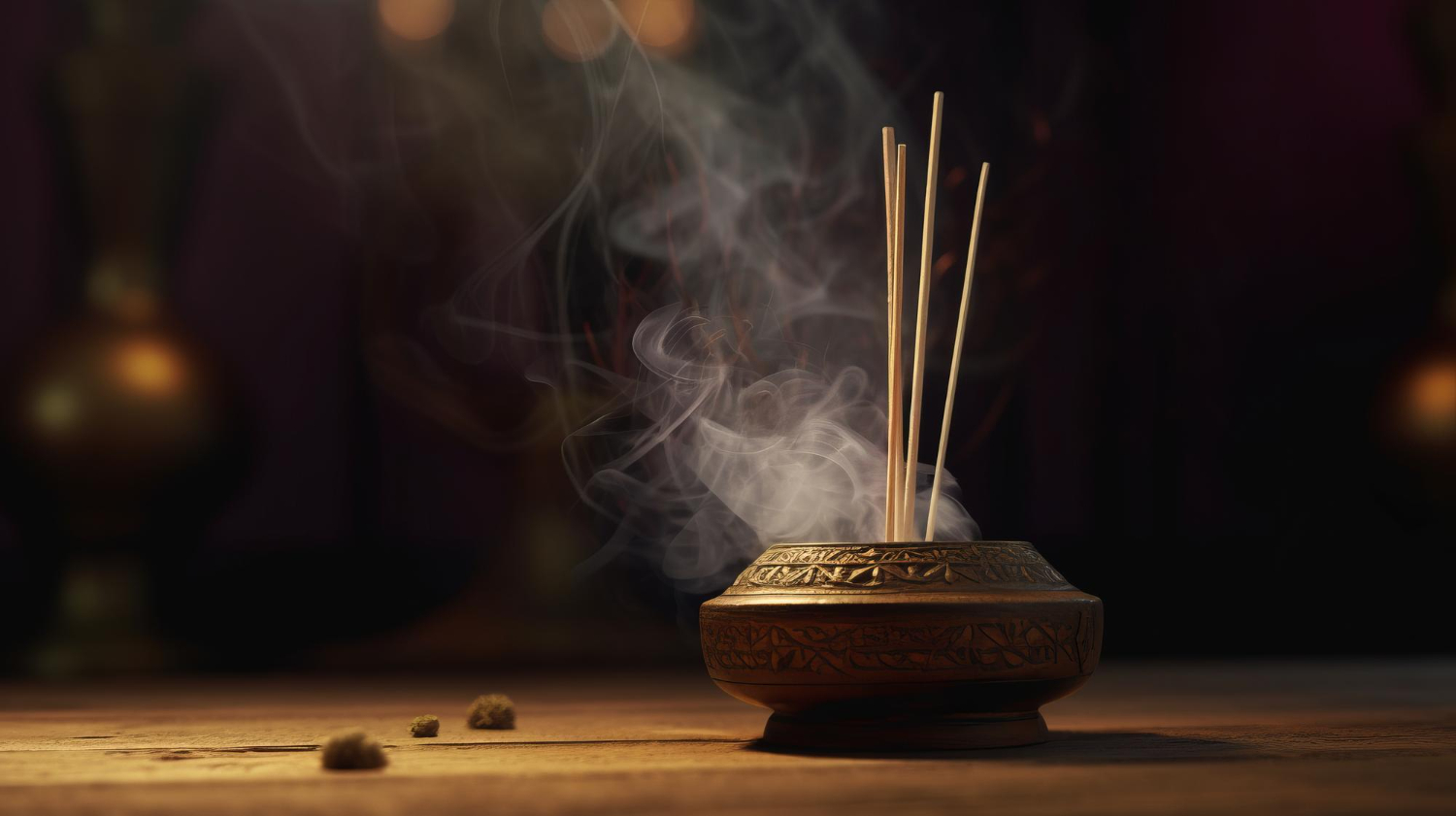
Kodo is the art of savoring agarwood, or what the Japanese refer to as “listening to incense.” The term “listening” here goes beyond the literal sense, encapsulating a ceremony that “refines all five senses” for appreciation. Incense appreciation cannot take place amidst a noisy and bustling atmosphere; it requires a tranquil state of mind, allowing one’s consciousness to blend with the pure surroundings to truly “listen” to the endless flow of countless layers of fragrance, reading the names of distinct aromas amidst the veils of drifting smoke.
The Origin of Agarwood in Japan
According to Nihon Shoki (Chronicles of Japan), the second-oldest book on the history of Japan, around the Asuka period (approximately 595 AD), agarwood was first discovered as a drifting piece of wood in the Awaji Sea. People found and brought it home.
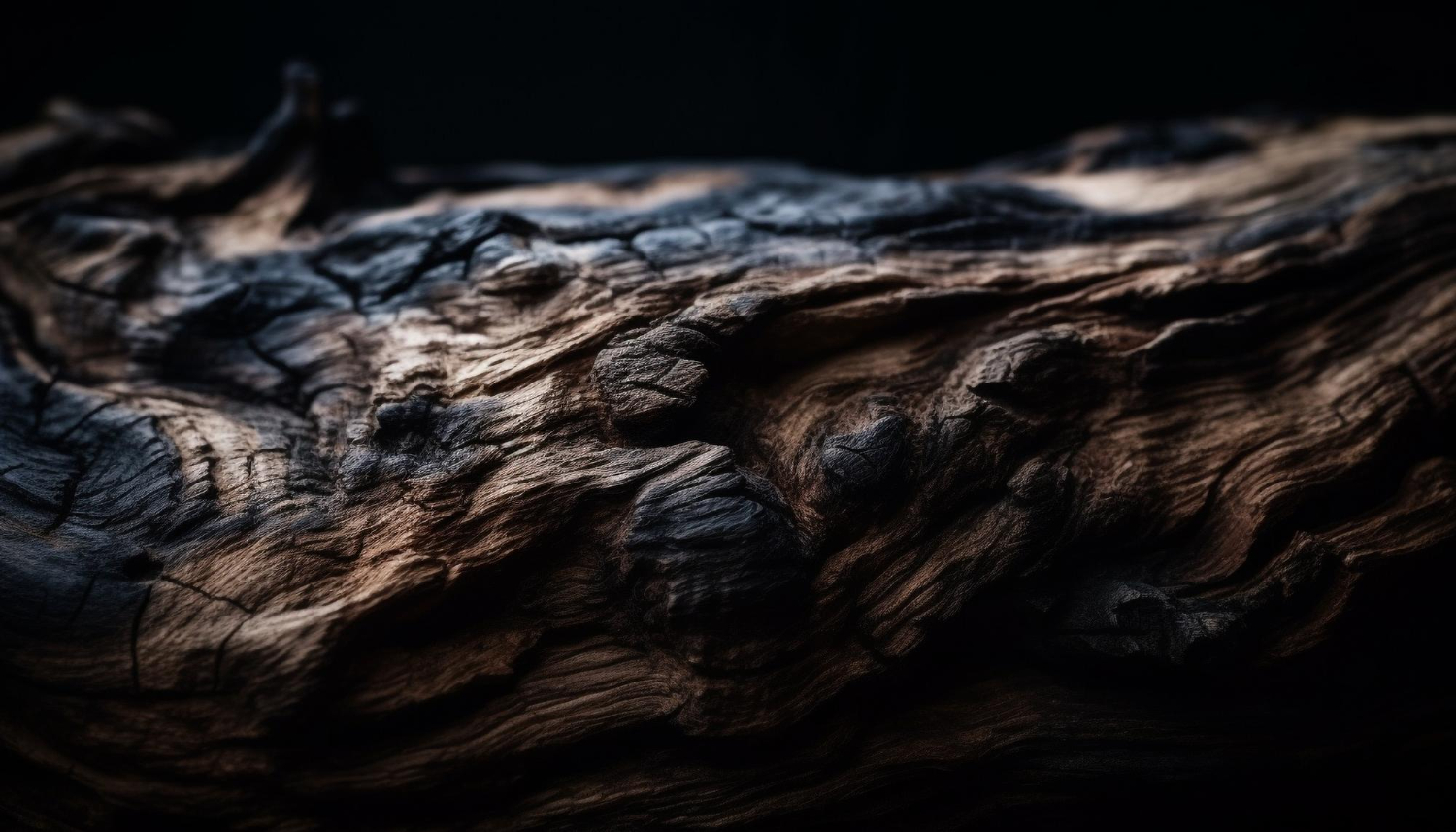
When placed next to a fire, this piece of wood emitted a strange and extraordinary fragrance, captivating to the extent that the people decided to offer it to Emperor Suiko. The Emperor, well-versed in Buddhist rituals, immediately recognized the wood as agarwood—the wood of the gods.
Agarwood – “Five Tastes and Six Countries”
In the art of Kodo, agarwood is categorized into “the five tastes and six countries,” referring to the “five flavors” of sour, spicy, sweet, salty, and bitter, and the “six countries” being the six prominent regions renowned for agarwood production. Among these, the finest quality agarwood, with the most refined aroma, is known as Kyara, which is only found in Vietnam.
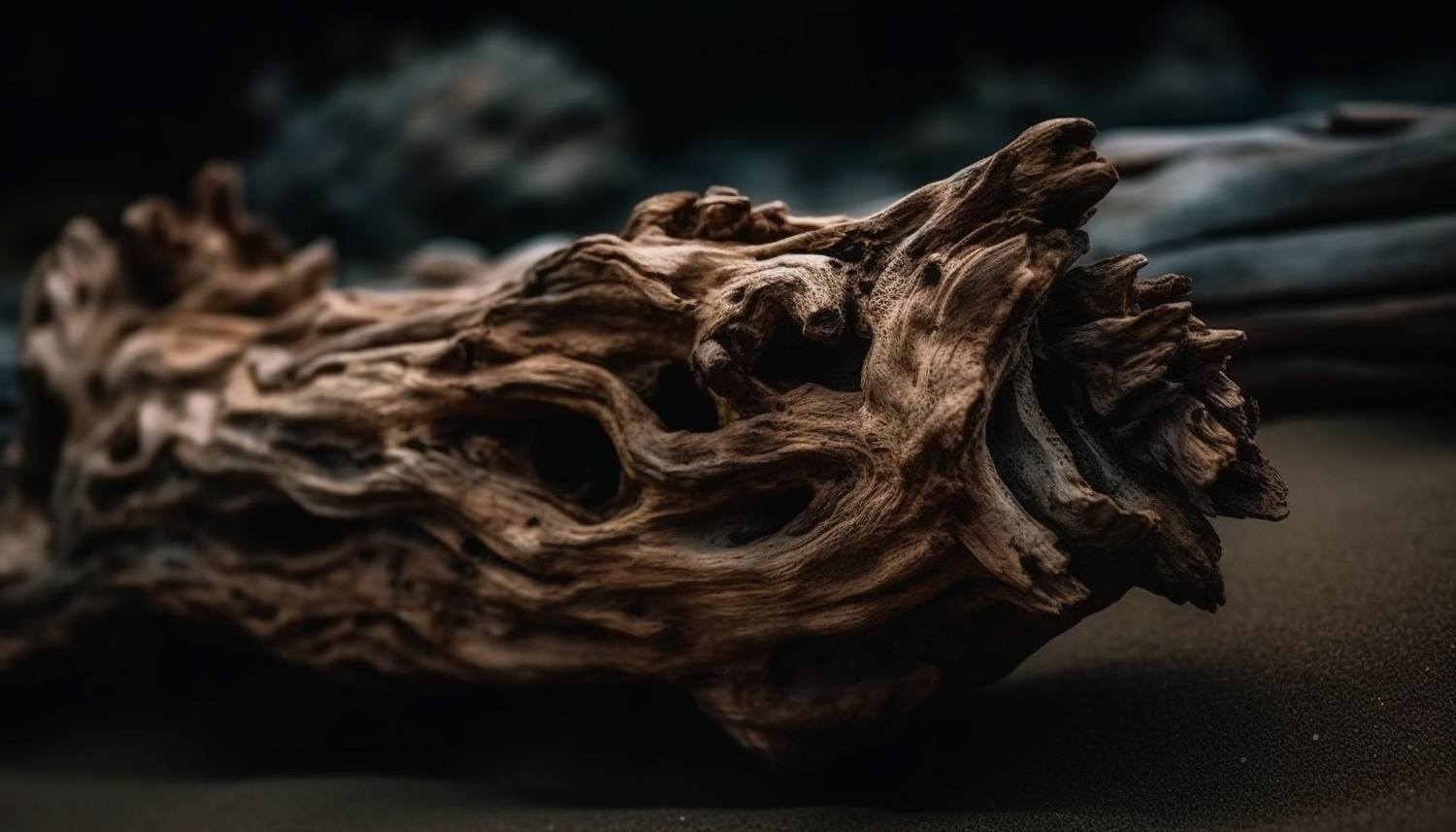
- Kyara (伽羅): The finest type of agarwood, exuding a sophisticated fragrance. Found exclusively in Vietnam.
- Rakoku (羅国): Exhibits a bitter, salty, and spicy scent. Only found in Thailand.
- Manaban (真南蛮): Rich in aroma and slightly sweet. Originates from the eastern parts of India or between Malaysia and India.
- Manaka (真那伽): Among the fragrances, this is the mildest. Found in Malacca, Malaysia.
- Sasora (佐曾羅): Emits a subtle aroma. Sasora, a high-quality agarwood, is often mistaken for Kyara, especially when freshly ignited. Found in Western India.
- Sumatora (寸聞多羅): Abundant in resin with a sour taste. Found in Sumatra, Indonesia.
The Significance of Agarwood in the History of Vietnam-Japan Trade Relations
There are numerous legends about the affinity of historical Japanese figures for Vietnamese Kyara. A piece of Vietnamese Kyara called Ranjatai, measuring over one meter in length, was kept in Todaiji Temple in Nara. It is said that three prominent figures in Japanese history, Oda Nobunaga, Toyotomi Hideyoshi, and Tokugawa Ieyasu, all harbored desires to possess this Kyara. Today, Ranjatai is preserved by the National Museum in the city of Nara.
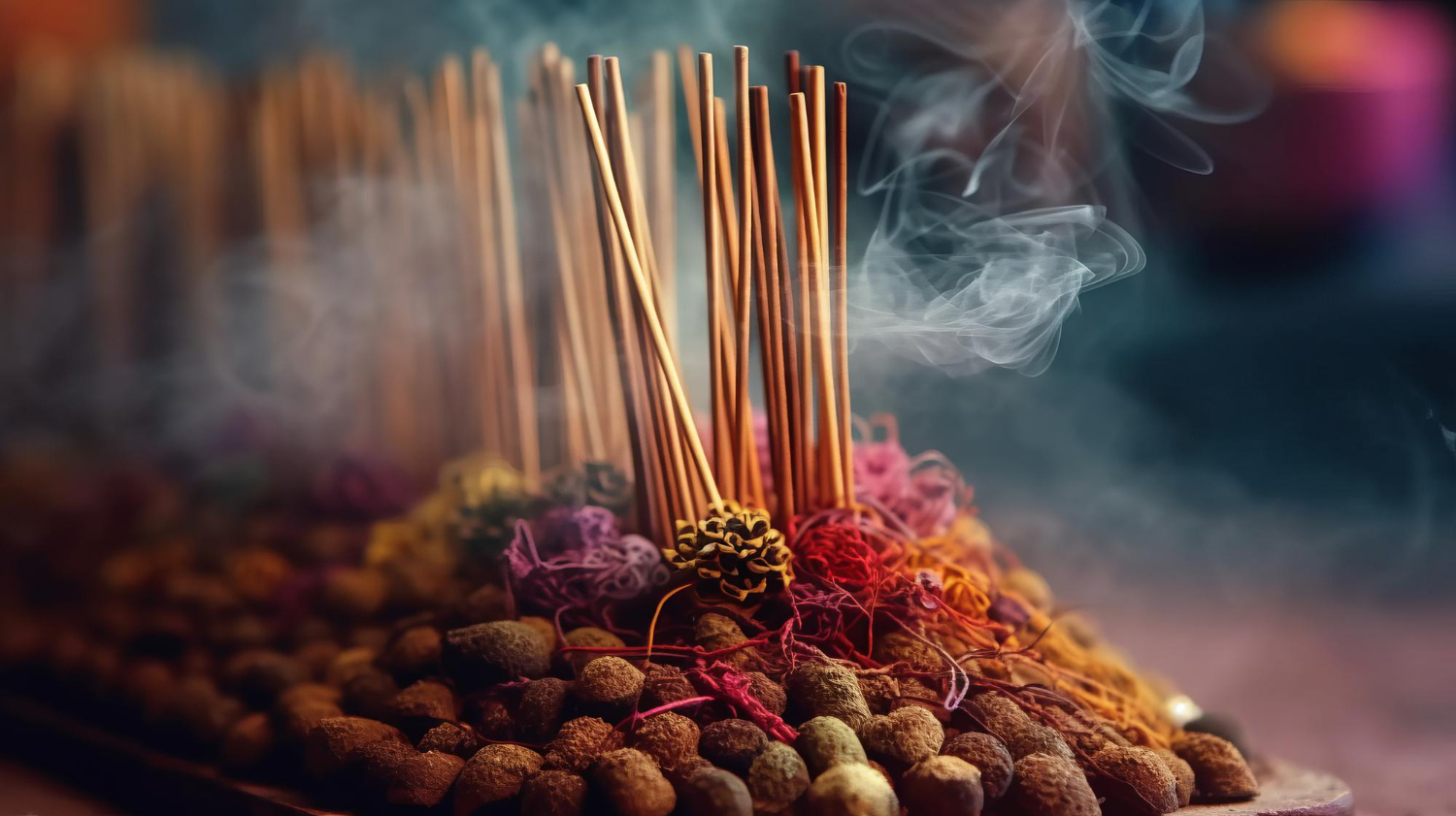
From the Shuinsen period (late 16th century to early 17th century) to the present day, Japan has continued to import agarwood from Southeast Asian countries. In the past, Vietnam and Indonesia played vital roles in exporting agarwood to Japan, but in recent times, this role has been taken over by Hong Kong, Singapore, and Thailand.
The Ten Virtues of Incense and Contemporary Kodo Art
Over more than 500 years of development, the art of savoring agarwood, Kodo, has evolved beyond the confines of the noble elite or religious rituals. Today, incense savoring has transformed into an extraordinarily effective therapeutic practice for the soul, as summarized by its practitioners in the “Ten Virtues of Incense“:
- 感格鬼神 – It Brings Communication With the Transcendent
- 清浄心身 – It Purifies both Mind and Body
- 能払汚穢 – It Removes Impurity
- 能覚睡眠- It Imparts Alertness
- 静中成友 – It is a Companion in Solitude
- 塵裏愉閑 – In the Midst of Busy Affairs, It Brings a Moment of Peace
- 多而不厭 – When It is Plentiful, One Never Tires of It.
- 募而知足 – When There is Little, Still One is Satisfied
- 久蔵不朽- Age Does Not Change Its Efficacy
- 常用無障 – Used Every Day, It Does No Harm
Savoring incense is a practice that demands years of dedication. We must maintain a pure heart and a serene, truthful attitude to truly sense the pure and subtle agarwood fragrance permeating their every breath, passing through the heart, and ultimately touching the depths of their souls.
In a moment of “listening” to the wafting agarwood fragrance, we can distinguish each distinct aroma concealed and blended within the drifting smoke, reveling in the tranquility amidst the bustling of life.

 Hotline: 0927 323 888
Hotline: 0927 323 888



